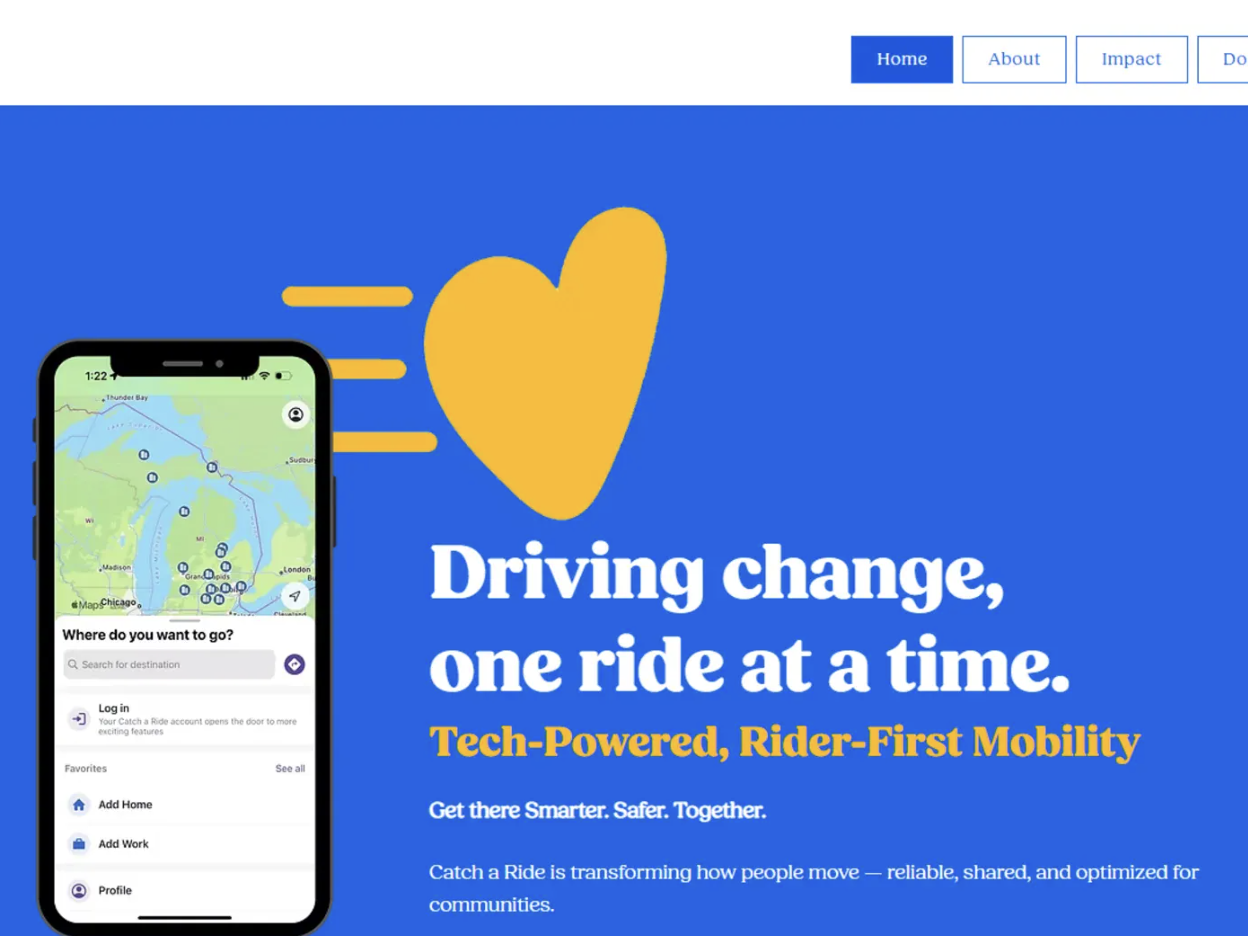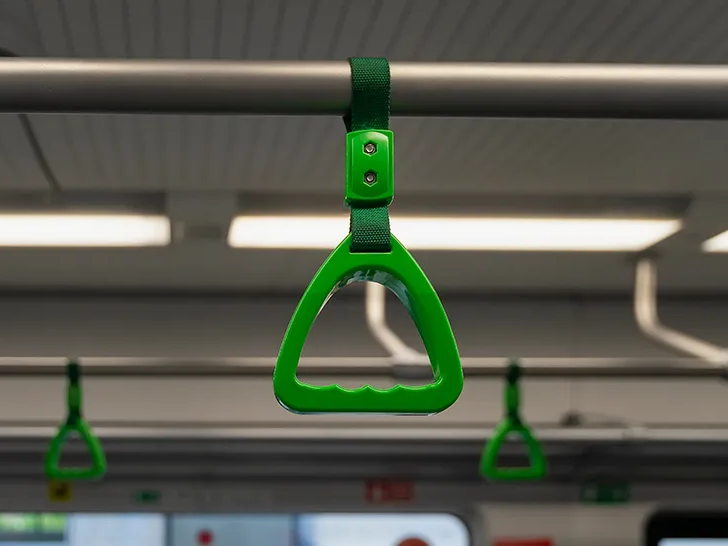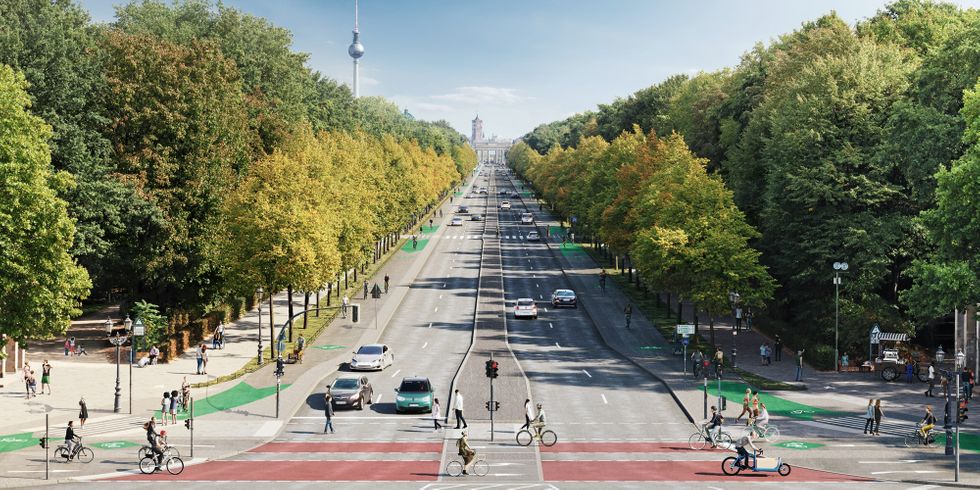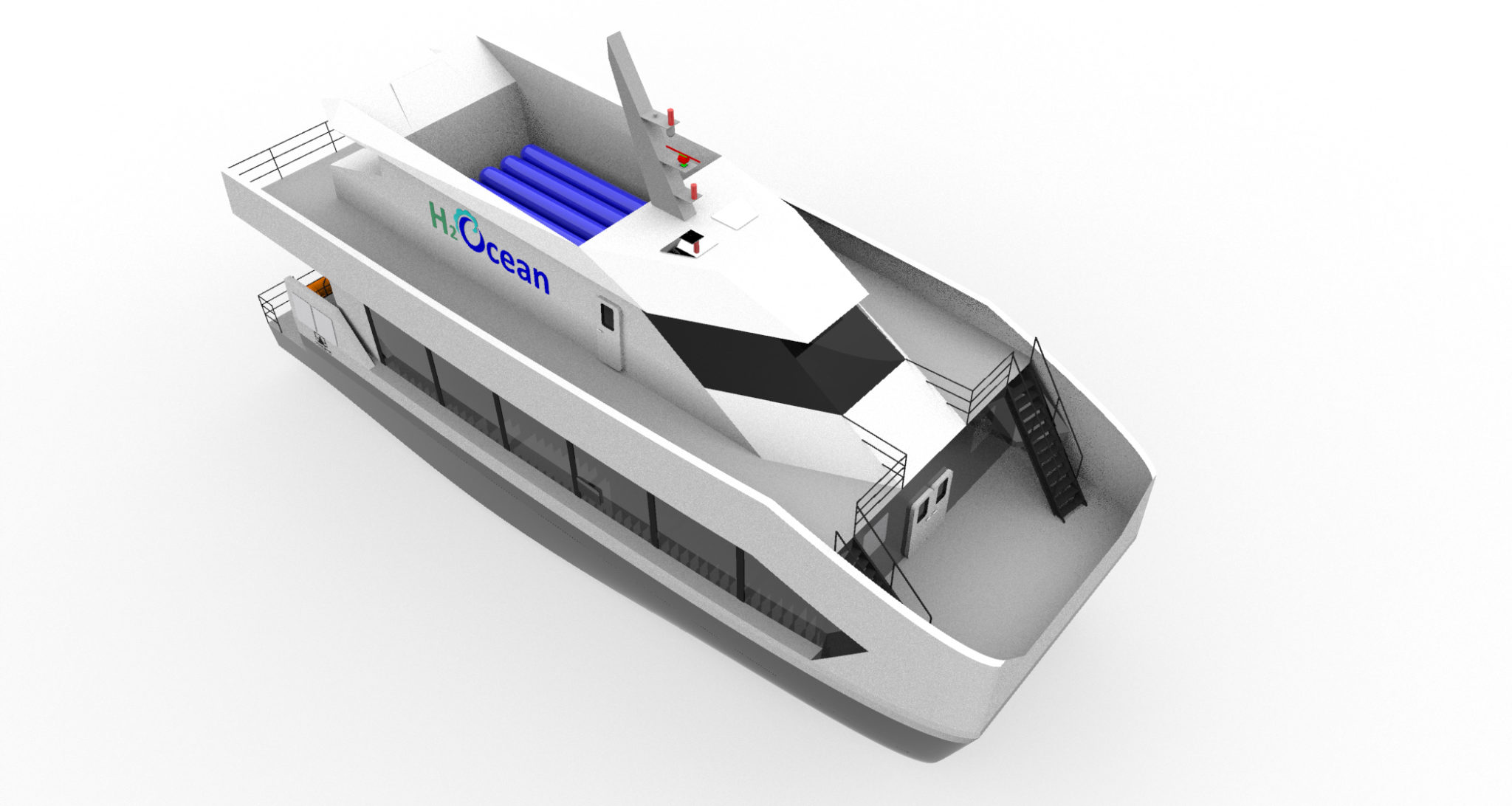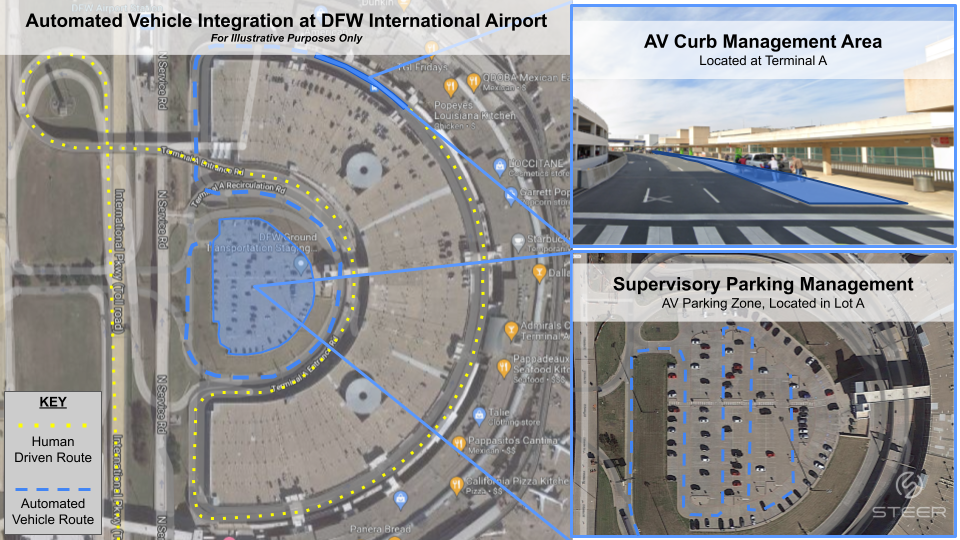15-Minute Cities: Reimagining Mobility (Part 1)
“For the sake of people and for the sake of our planet we need to redesign our cities. This is why I came up with the 15-minute city.”
– Carlos Moreno, winner of the Obel Award 2021
By 2050, it’s estimated that 70 percent of the world’s population will live in urban areas. This continued growth is fraught with many challenges, such as poor air quality and congestion. In 2019, drivers in Paris each wasted around 163 hours in traffic (source: Arval Mobility Observatory). As our cities become more crowded, this will only get worse.
The global COVID-19 pandemic shone the spotlight on other issues too, such as a shortage of essentials like food and household items as well as wide-ranging inequality and unemployment. It highlighted the need for greater resilience, equity and more liveable spaces. With urbanisation placing men and women at an increased risk of psychosis and depression (source: British Journal of Psychiatry), we need to reimagine our cities and how we move around. Could the 15-minute city be the answer?

What Are 15-Minute Cities?
French-Colombian scientist and professor Carlos Moreno developed the concept back in 2016. It’s based on the work of Jane Jacobs, which focuses on the importance of social networks, and also Clarence Perry’s ‘neighbourhood unit’. Incorporating the philosophy of “chrono-urbanism”, the 15-minute city places great emphasis on time as well as space in urban design. This is a vital component given that mobility no longer signifies freedom but is a ‘forced daily displacement’ on our lives and a negative impact on our planet (source: ETI Chair). Traffic congestion and long commutes reduce our quality of life.
A research paper by Moreno and his colleagues explains the 15-minute city concept in more detail and its place in post-pandemic cities. Bicycle use rose sharply in Berlin, New York, Copenhagen, and Beijing, as did the use of public spaces, such as parks. ‘Micro-markets’ in the Netherlands provided access to basic staples with numerous similar projects set up elsewhere. Indeed, COVID-19 seems to have accelerated the intention to see 15-minute cities come to fruition.
The Benefits of 15-Minute Cities
Proximity-based decentralised cities allow people to access their home, workplace, essential services and amenities within a 15-minute walk or bike ride. They’re hyper-local models based around people (not vehicles), with buildings and public spaces made available for multi-purpose use. After all, our buildings (like our cars) are underutilised most of the time. At the weekend, a school, for example, could be used as a park or for cultural events, and cafes or other buildings could act as co-working spaces. Above all, 15-minute cities must be designed around accessibility and inclusivity.
This decentralised urban planning model aims to offer a higher quality of life – regardless of socioeconomic status or age – fulfilling six essential needs: living, work, commerce, healthcare, education and entertainment. More time to exercise and greater social interaction could lead to improved mental and physical wellbeing, strengthened community ties and reduced commuting. More people working from home post-pandemic, and the ability to buy locally, is convenient and could help to increase resiliency.
Coupled with this is the drive towards low/zero carbon emissions, with a shift from private vehicles to active travel and shared transport, which could help to protect our environment (source: Deloitte). Cities would benefit from reduced congestion and pollution, with the opportunity for more open green spaces and child-friendly environments. The economic benefits include lower fuel costs and road maintenance as well as the potential for employment and new innovations (source: Smart Cities).
Different Approaches and Opinions
There are several variations of the concept such as the 20-minute city model, 15-minute walkable neighbourhoods, and 30-minute rural neighbourhoods. Arup outlines 10 approaches in its guidebook, using the 15-minute city concept and drawing on global best practices. Indeed, Moreno himself wants to develop the concept for areas with smaller populations; a scheme in the south of France is one example that will hopefully allow people to access amenities within 30 minutes (source: Dezeen). Regardless of the approach, they all focus on the needs of citizens and making neighbourhoods more sustainable.
Critics fear that 15-minute cities could lead to more ‘tribalism’ and fragmentation, but Moreno says our cities are already fragmented; his concept will bring communities together (source: Euronews). For urban areas built prior to our infatuation with cars, the 15-minute city may be easier to restore. Much depends on the damage from, for example, urban renewal programmes or loss of investment. Unfortunately, newer urban areas might find it more difficult (source: CNU). The location of shopping centres, supermarkets, hospitals and other major amenities don’t lend themselves easily to the 15-minute city concept and may prove at odds with current planning models (source: RTPI).
These challenges should be discussed, including how the 15-minute city will support the mobility issues of disadvantaged communities. An article by KPMG offers some thoughts to help us reflect on how we might turn this concept into reality: focus on the long-term; plan with the whole geographic (and economic) ecosystem in mind; avoid siloed thinking – particularly around major services such as transportation – and focus on outcomes rather than outputs.
Opportunity for Change
The 15-minute city has great potential to change the way we live and our relationship with transport. In terms of day-to-day living and building communities, it clearly has much to offer. Alongside active travel will be greater opportunities for micromobility, car sharing and new innovations. For its part, Mobility as a Service (MaaS) will have an important role to play (the topic of part 2). The need for a more sustainable way of life is desperately needed. Hopefully, the 15-minute city can help us achieve this.
For further insights on this topic, see C40 Knowledge Hub and CNU.
This article was originally published by SkedGo.





